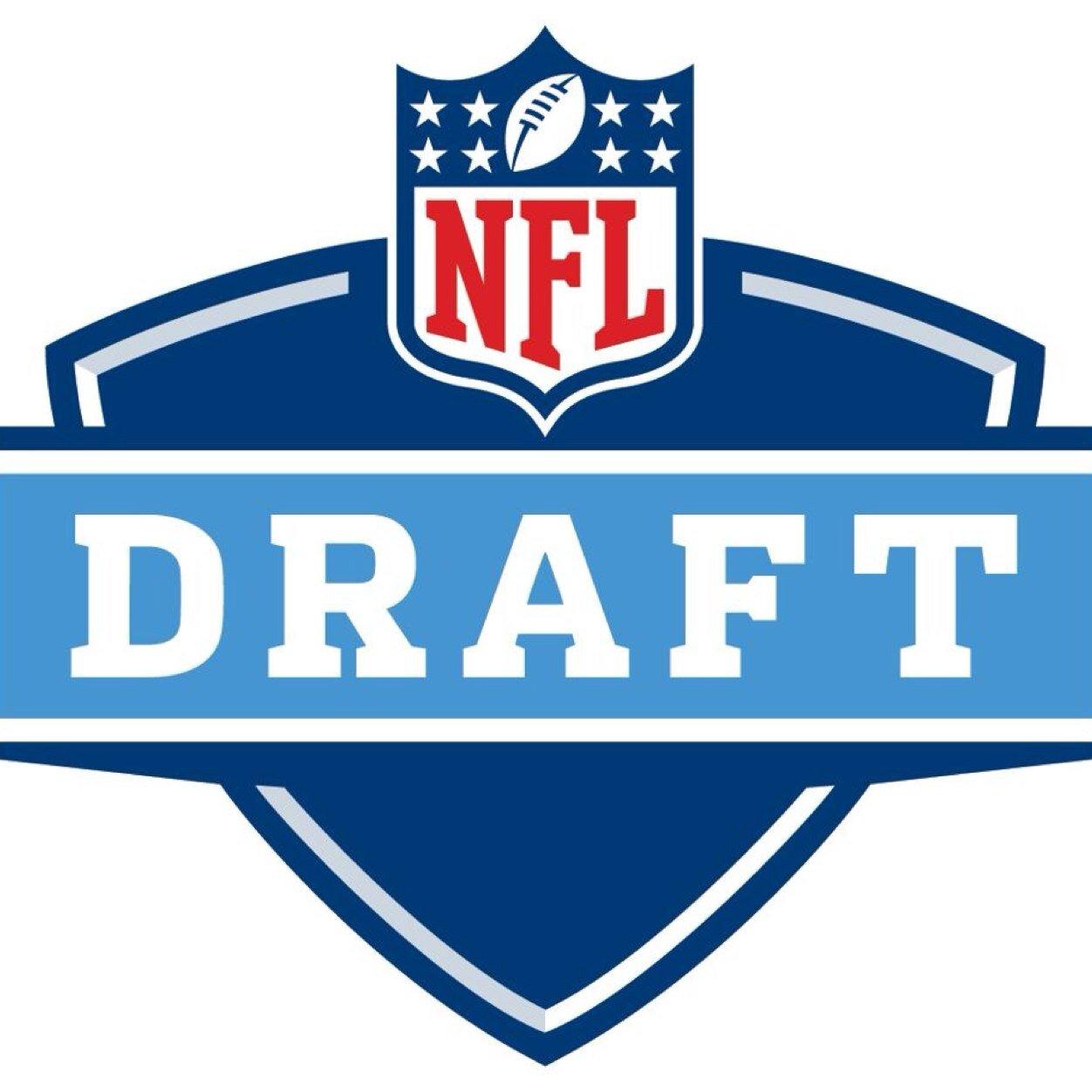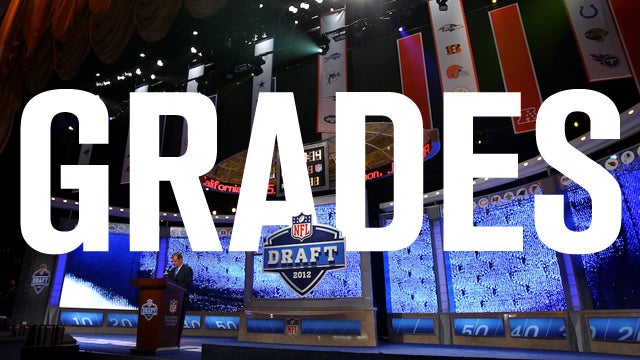
By Justin VanFulpen
In the football business one of the closely guarded secrets before the official list is released is who is getting invited to the NFL Combine. The NFL Combine is run by National Scouting and has become a televised event by the NFL Network. For more information about how the NFL Combine invites work you can check out my article from a year ago: NFL Draft: NFL Combine just part of the process.
Now that the 2017 NFL Draft is in the books we can look at the results. This year there were 336 players invited to the NFL Combineand their where 38 players that were drafted that did NOT go to the NFL Combine. Break down as far as rounds go:
2nd round – 1 player
3rd round – 1 player
4th round – 1 player
5th round – 4 players
6th round – 12 players
7th round – 19 players
So 118 players that were invited to this year’s NFL Combine were not drafted. So the percentage of players that were drafted that were invited to the NFL Combine was 64%, so it is far from a guarantee if you are invited that you will get selected in the NFL Draft. Last year it was 68% of the players that were at the NFL Combine where drafted.




